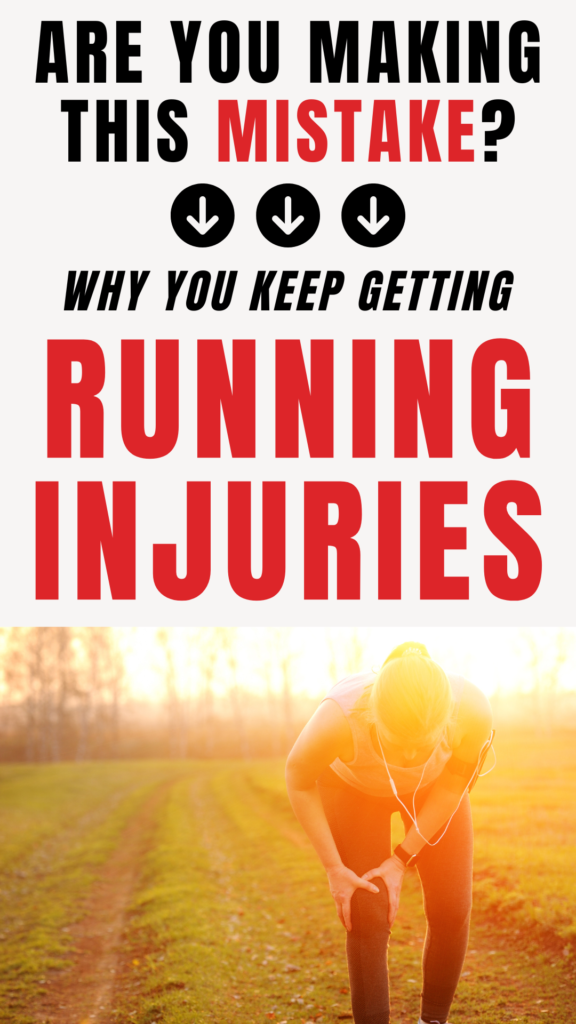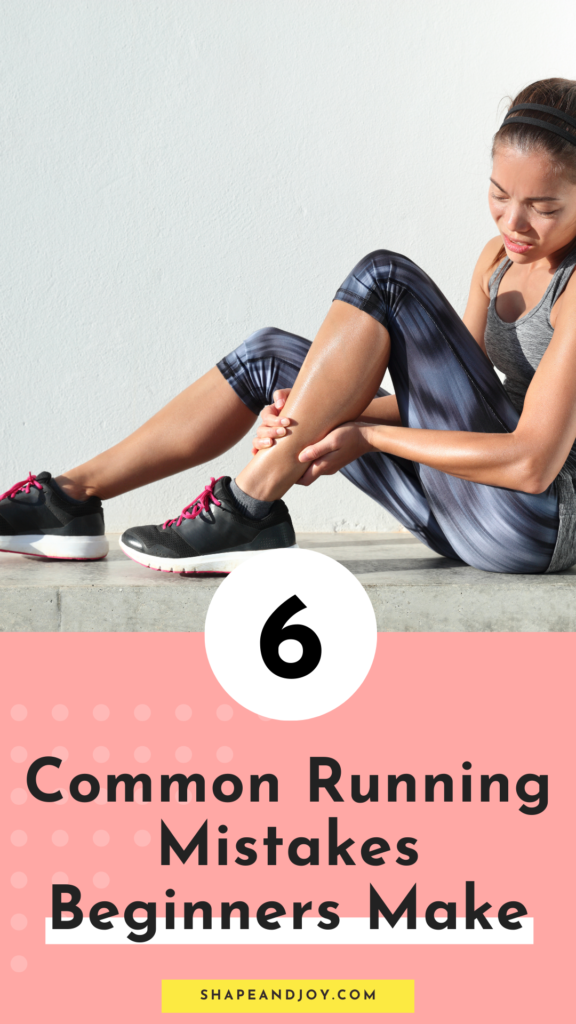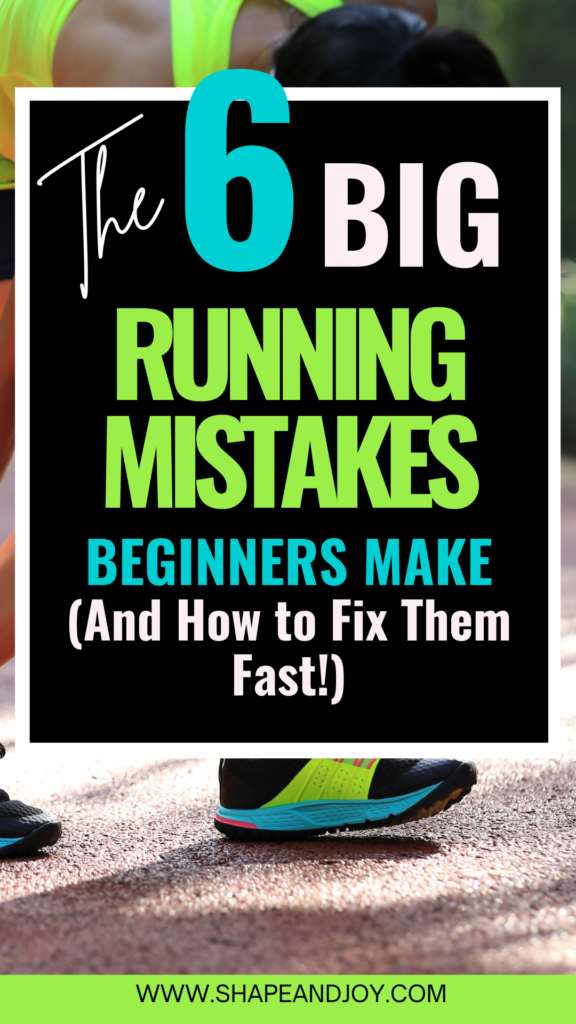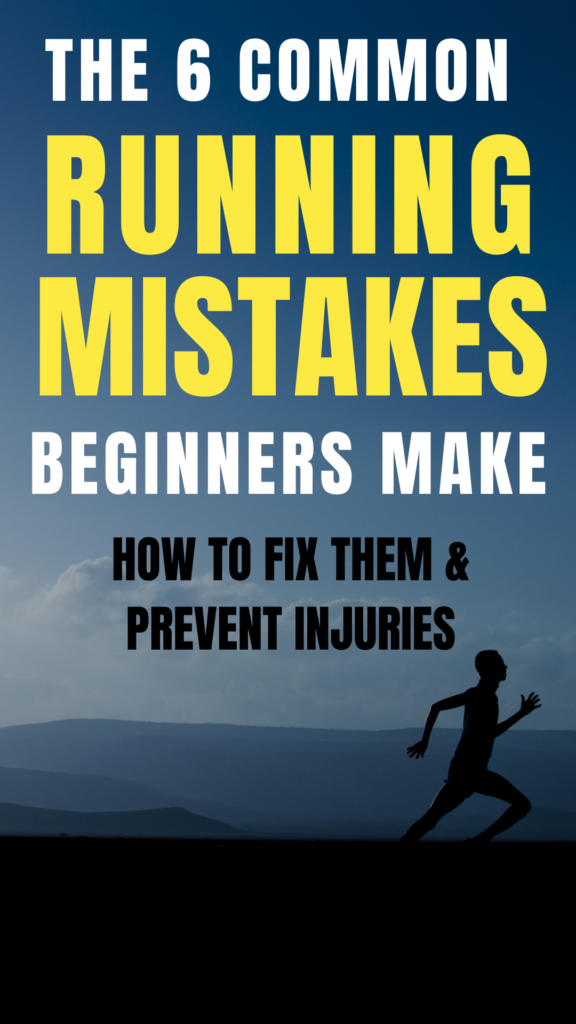How to Prevent & Recover from These Common Running Injuries (So You Can Keep Smashing Your Goals!)
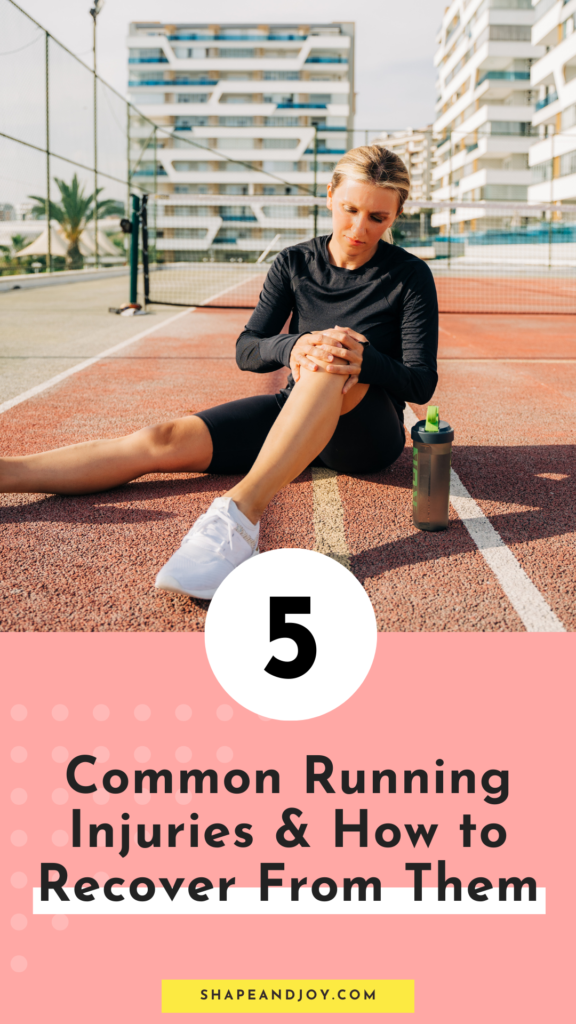
Let’s be real—running is amazing, but it is high impact and can be brutal on your body if you’re not careful. One minute, you’re feeling like an absolute legend, flying down the pavement, and the next… BAM. A dodgy knee, aching shins, or feet that feel like they’ve been personally victimised by your trainers. I’ve been there. I made all the classic mistakes—ran too much, too soon, ignored warm-ups, and thought I was invincible. Spoiler: I was not. But after a few hard-earned running injuries, I figured out how to keep myself running strong without wrecking my body.
And now, I’m here to help you avoid the same painful mistakes.
So, whether you’re just starting or you’ve been at this for a while, here’s how to prevent and recover from the most common running injuries, so you can keep smashing your goals without hobbling to the finish line.
- 1. Shin Splints – The ‘Why Do My Legs Hate Me?’ Injury
- 2. Runner’s Knee – The Ultimate Buzzkill
- 3. Achilles Tendinitis – The ‘Why Do My Ankles Feel Like They’re on Fire?’ Injury
- 4. Plantar Fasciitis – The Foot Pain That Won’t Quit
- 5. IT Band Syndrome – The Side-of-the-Knee Nightmare
- Run Smarter, Not Injured
1. Shin Splints – The ‘Why Do My Legs Hate Me?’ Injury
You know that burning pain along your shins that makes every step feel like punishment? That’s shin splints, and they love to ruin a good run.
Why It Happens:
- Running too much, too soon (yes, I’m looking at you, “I’ll just add another 3K” runners).
- Poor running form—landing too hard on your heels.
- Worn-out or unsupportive running shoes.
How to Prevent It:
- Ease into your training—follow the 10% rule (don’t increase mileage by more than 10% per week).
- Strengthen your calves and ankles—stronger muscles = less impact on your shins.
- Get proper running shoes that support your foot type. Not sure what shoes to get? Check out The Best Running Shoes for Beginners and find a pair that won’t wreck your feet.
How to Recover:
- Rest—yes, I know, but running through shin splints will only make them worse.
- Ice your shins for 15-20 minutes after runs to reduce inflammation.
- Stretch and strengthen your calves and lower legs to stop them from coming back.
2. Runner’s Knee – The Ultimate Buzzkill
If your knee starts feeling like it’s been personally offended by your running routine, congratulations, you’ve got runner’s knee.
Why It Happens:
- Weak quads and glutes, meaning your knees take all the impact.
- Overuse—running long distances without enough recovery.
- Poor running form or worn-out shoes.
How to Prevent It:
- Strength train—squats, lunges, and glute bridges will make a huge difference.
- Avoid over-striding—shorter, quicker steps are easier on your knees.
- Get shoes with proper cushioning to absorb impact.
How to Recover:
- Rest or switch to low-impact cross-training (cycling, swimming) for a bit.
- Foam roll your quads and IT band—tight muscles pull on the knee.
- Strengthen your hips and glutes—they stabilise your knees and keep them happy.
3. Achilles Tendinitis – The ‘Why Do My Ankles Feel Like They’re on Fire?’ Injury
That nagging pain in the back of your heel? That’s your Achilles tendon screaming at you to slow down.
Why It Happens:
- Suddenly increasing speed or distance (again, guilty).
- Tight calves and ankles putting extra strain on the tendon.
- Running in shoes that don’t support your heel properly.
How to Prevent It:
- Stretch your calves and ankles before and after runs.
- Gradually increase intensity—don’t go from jogging to sprinting overnight.
- Wear properly cushioned shoes to absorb shock.
How to Recover:
- Rest and avoid running until the pain settles.
- Ice the area to reduce swelling and inflammation.
- Do heel drop exercises to strengthen the Achilles and prevent future running injuries.
Want to boost your endurance safely? Read How to Build Stamina & Endurance as a Runner and start making real progress.
📌 Pin this for later! ⬇
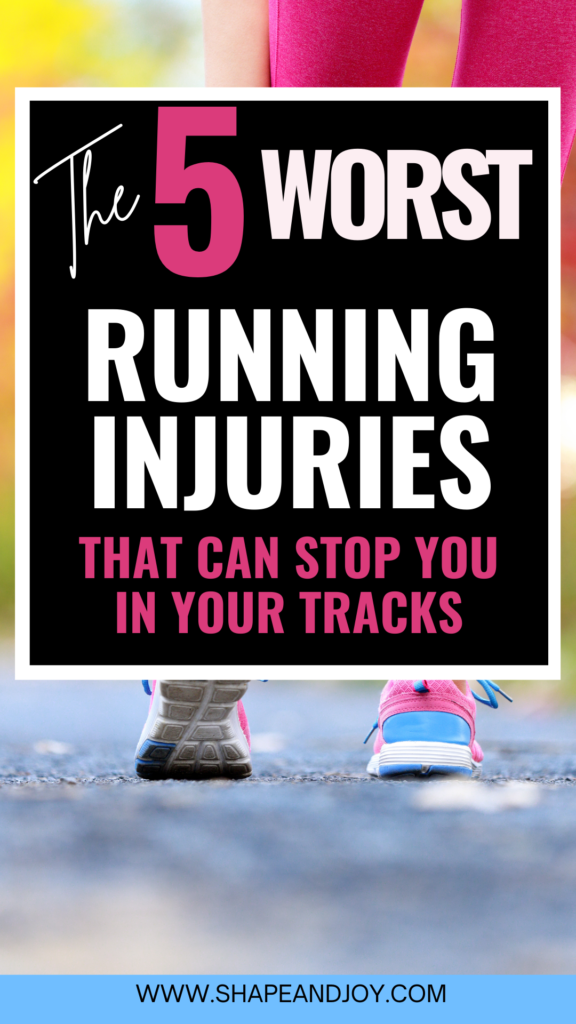
4. Plantar Fasciitis – The Foot Pain That Won’t Quit
This one’s a real pain—literally. Plantar fasciitis is that stabbing pain in the bottom of your foot that makes every step feel like torture.
Why It Happens:
- Running in worn-out shoes that offer zero support.
- Tight calves and Achilles pulling on the foot.
- Overuse—too much running on hard surfaces without proper recovery.
How to Prevent It:
- Invest in running shoes with good arch support.
- Stretch your calves and feet regularly.
- Use a foam roller or massage ball to loosen up tight foot muscles.
How to Recover:
- Roll a frozen water bottle under your foot to reduce inflammation.
- Stretch your calves and plantar fascia daily.
- Avoid running until the pain fully subsides—otherwise, it just keeps coming back.
5. IT Band Syndrome – The Side-of-the-Knee Nightmare
Ever felt a sharp pain on the outside of your knee that gets worse as you run? That’s IT band syndrome, and it’s not fun.
Why It Happens:
- Weak hip and glute muscles.
- Running on slanted surfaces (like the side of a road).
- Overuse—running too far, too soon without cross-training.
How to Prevent It:
- Strength train—focus on hips, glutes, and core stability.
- Avoid running exclusively on one side of the road—uneven surfaces aggravate it.
- Increase mileage gradually—don’t go from 5K to 15K overnight.
How to Recover:
- Foam roll the IT band and outer thigh to release tightness.
- Do hip-strengthening exercises to stabilise your knee.
- Take a break from running until the pain fully goes away.
The Ultimate Running Resource Hub – Everything You Need in One Place!
Looking for the best running tips, training plans, gear recommendations, and nutrition advice? This is your one-stop guide to starting strong, improving performance, preventing injuries, and staying motivated. Whether you’re a beginner or looking to level up your runs, these posts will help you every step of the way!
- The Ultimate Running Guide: Tips, Training & Gear
- How to Build a Running Routine That You’ll Actually Stick To
- Common Running Mistakes Beginners Make (And How to Fix Them)
- How to Run When Overweight: A Guide for Beginners
- Running for Weight Loss: How to Maximise Fat Burn
- Running Nutrition: How to Fuel Your Runs Based on Your Goals
- Breathing Techniques for Running: How to Run Without Getting Winded
- How to Prevent & Recover from Running Injuries
- Best Running Shoes for Beginners
Run Smarter, Not Injured
Running injuries aren’t just frustrating—they can knock you off your progress and make you want to quit altogether. But here’s the good news: most injuries are preventable if you train smart, listen to your body, and give it the recovery it needs.
- Ease into your running routine—build strength first, then add miles.
- Invest in proper running shoes—your feet (and knees) will thank you.
- Cross-train—stronger muscles = fewer injuries.
- Rest when needed—pushing through pain never ends well.
Want to avoid these mistakes from the get-go? Check out my post on Common Running Mistakes Beginners Make (And How to Fix Them!) and start running stronger, smarter, and injury-free.
Now, lace up and hit the pavement—just make sure you’re running the right way this time!
📌 Pin this for later! ⬇
